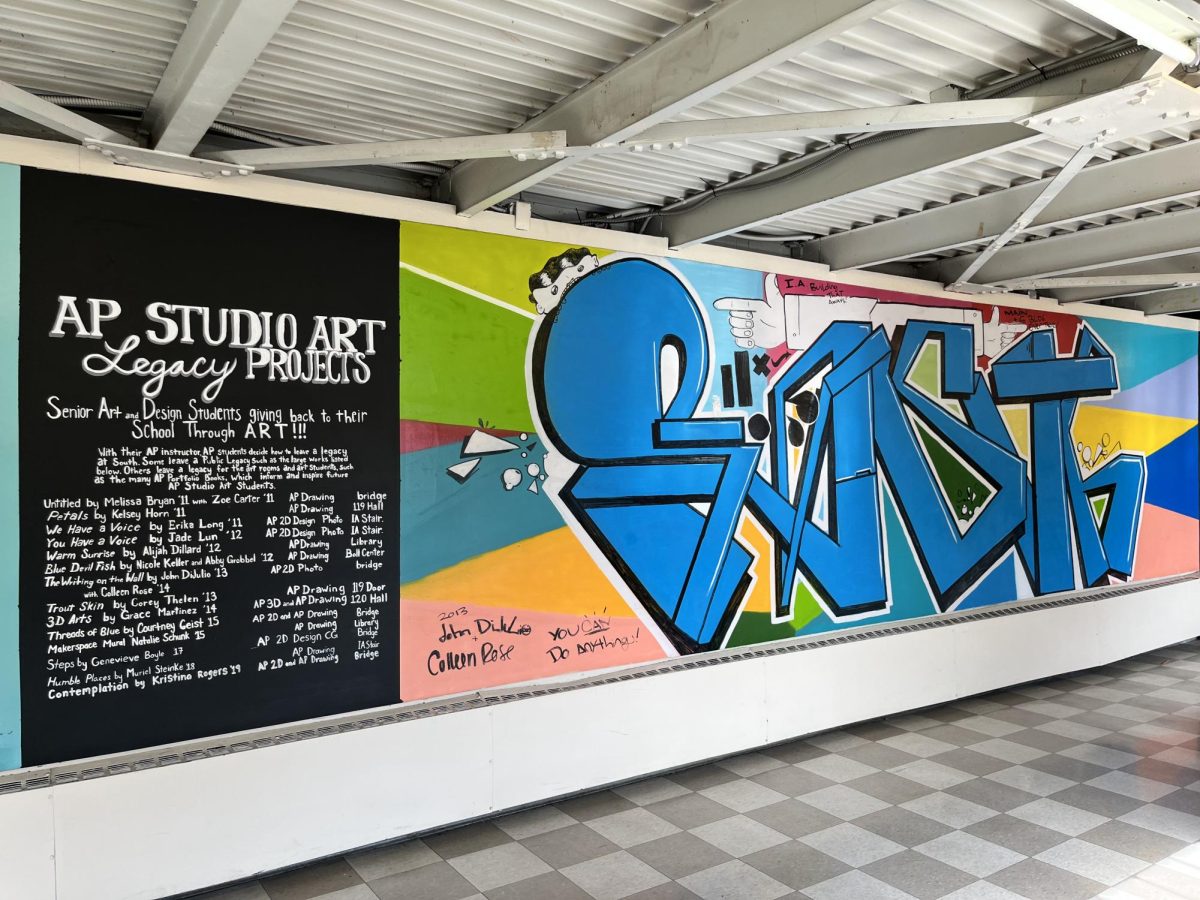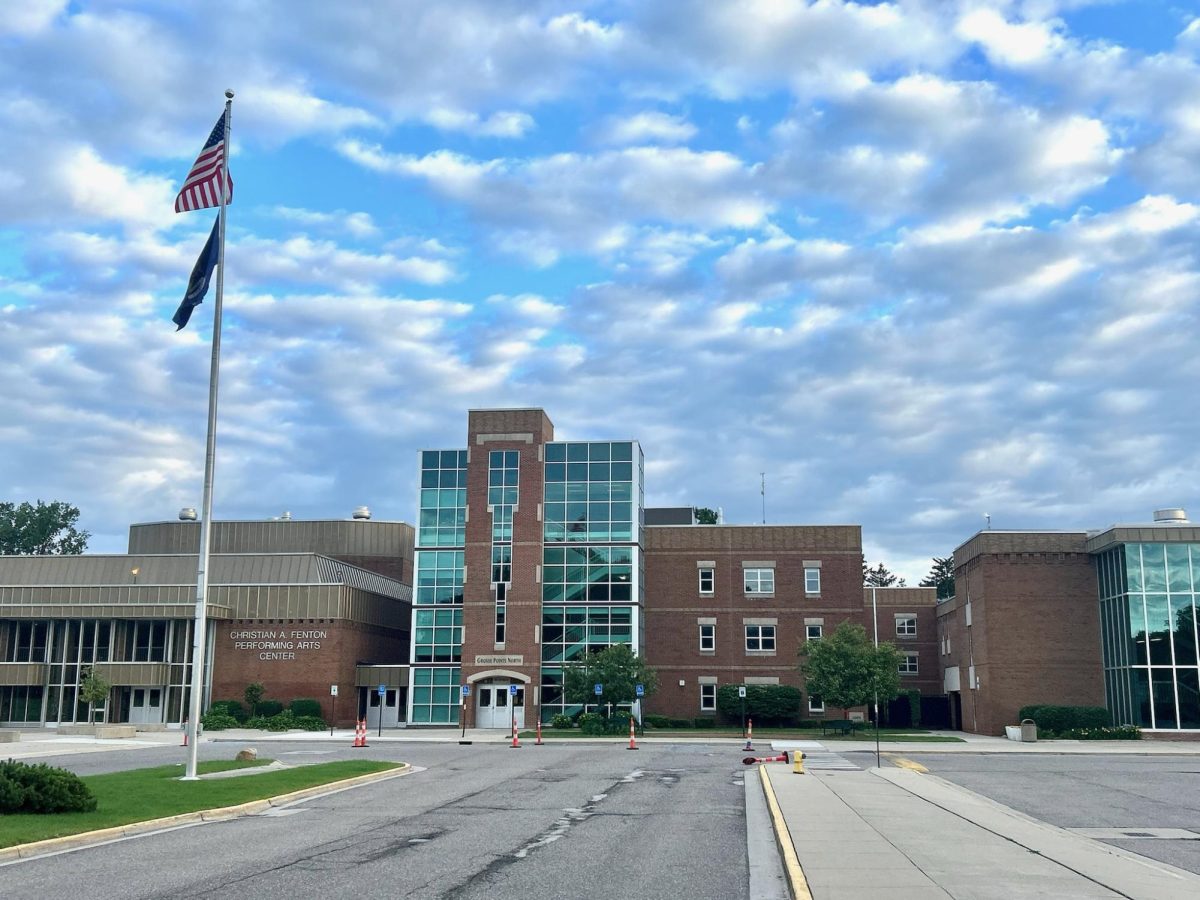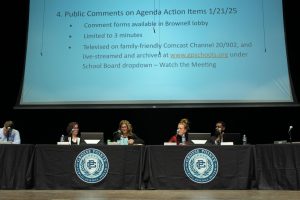Student comfort in classroom comes first
March 14, 2023
Classrooms made to accommodate kids born with disabilities alter in many ways to an ordinary classroom. These classrooms are filled with toys, simulations and different resources to allow for the kids to have the necessities they need to thrive during their school day, and to allow for the teachers to have the resources to make their jobs easier. Some of the special education teachers gave insights to the resources inside of their classrooms.

“As far as toys go, there is the sequin wall that they can flip back and forth and the same thing on pillows,” special education teacher Lauren Hancock said. “There’s a bin of different toys, and different fidgets such as squishy balls and stretchy noodle things.”
Hancock described how the toys can help to regulate the kids’ emotions prior to them hitting crisis mode. There are other resources and adaptations made to both the classroom and the kids schedules to accommodate for their needs during the day depending on the kids mood.
“I am with Nathan a lot, so if he is really anxious we would change his plan for the day, take him for a walk,” Special education teacher Sarah Schultz said. “His work may be adapted too to fit his needs, for example if they’re going through the calendar doing dates we may have him write it out instead and use lots of prompting.”
Schultz describes that within the classroom there are a lot of hands-on activities that help the teachers out, and make teaching a lot easier.
“We use a lot of visuals, so having pictures to show them things, or having a behavior chart is very helpful,” Schultz said. “Timers are really helpful or even just counting down is very helpful for them.”
Technological advancements and different websites have also become very prevalent in classroom settings for kids with disabilities. Special education teacher Steven Sellers explained that one of the websites they use is called education.com and it’s a very useful website because it is

( breakdown).
very unique to each user.
“The technology makes it easier because you can put it on the board and they can touch it,” Sellers said.
Beyond just the toys and technology, there are specific resources in each room to accommodate each kid’s disability and allow for the most productive learning space for them.
“Some may have weighted vests or others may sit on a large ball instead of a chair,” Special education teacher Amanda Bungard said. “On the bottom of their desks there’s a band so if their fidgety they can play with the band with their feet, so that can help them to focus”.
Many of the classrooms made for children with disabilities are similar, but it is more about how the children are treated at different levels that alters. Schultz has worked with all age levels and said there isn’t much of a difference specifically in the classroom, but more with the independence they gain as they get older.
“I think the biggest difference is once they’re in high school you want to give them more independence and encourage them to do things on their own instead of standing right next to them telling them what to do,” Schultz said.















































































